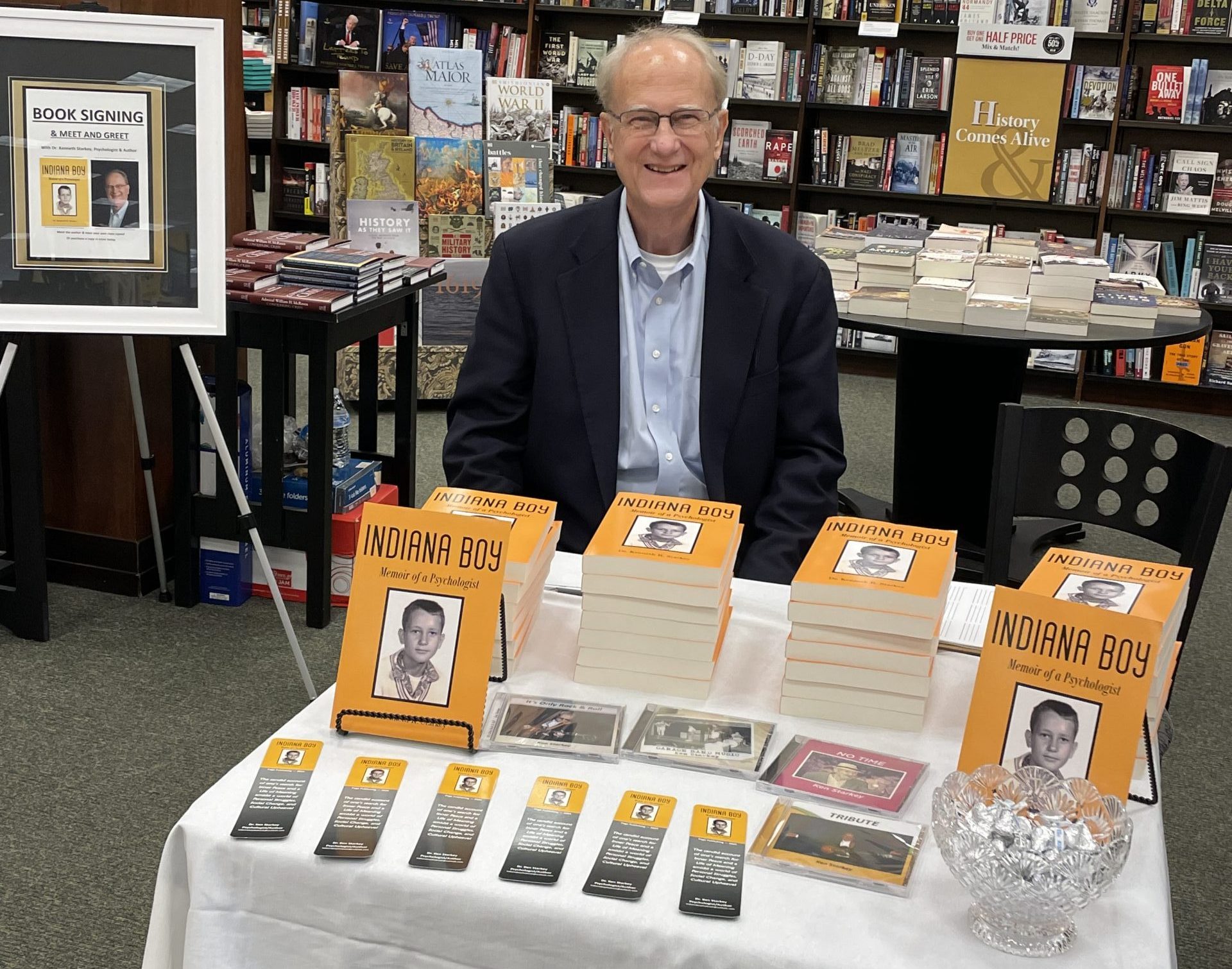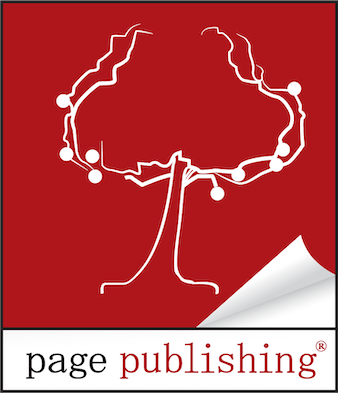1. Leverage Social Media
Social media platforms are a goldmine for authors. They’re free to use and allow you to connect directly with your target audience.
Create an Author Page: Establish your presence on platforms like Facebook, Instagram, and Twitter.
Engage Your Audience: Share behind-the-scenes glimpses, character profiles, or short excerpts.
Use Hashtags: Reach new readers by using genre-specific hashtags like #MysteryReads or #RomanticFiction.
2. Start a Blog or Newsletter
A blog or email newsletter helps you build a loyal community of readers.
Blog Ideas: Write posts related to your book’s themes or share insights into your writing process.
Email Subscribers: Offer a freebie, like a bonus chapter or a short story, in exchange for sign-ups.
3. Collaborate with Other Authors
Partnering with fellow authors can amplify your reach without additional costs.
Cross-Promotions: Share each other’s books with your audiences.
Guest Posts: Write blog posts for each other’s websites or newsletters.
4. Harness the Power of Reviews
Reviews are critical for building credibility and attracting new readers.
Ask Early Readers: Encourage friends, family, or beta readers to leave honest reviews on Amazon, Goodreads, and other platforms.
Join Reviewer Groups: Many online communities specialize in reviewing indie books.
5. Utilize Free and Affordable Tools
Several tools can help you design promotional materials or schedule content.
Design Graphics: Use Canva to create eye-catching book covers, social media posts, or flyers.
Schedule Posts: Tools like Buffer or Hootsuite make it easy to plan your social media content in advance.
6. Host Virtual Events
Virtual events can attract an audience from anywhere in the world.
Book Readings: Host a live reading on Facebook or Instagram.
Q&A Sessions: Engage directly with your audience through interactive sessions.
7. Tap into Local Opportunities
Your local community can be an excellent starting point for promotion.
Library Events: Offer to do a reading or book signing at your local library.
Independent Bookstores: Approach small bookstores about carrying your book or hosting an event.
8. Optimize Your Book’s Online Presence
Ensure your book is easy to find and appealing online.
Amazon Optimization: Use relevant keywords in your book’s title, subtitle, and description.
Goodreads Profile: Connect with readers by maintaining an active presence on Goodreads.
9. Give Back to Your Community
Engaging with your audience in a meaningful way can create loyal fans.
Charity Promotions: Offer a portion of your book’s sales to a cause related to your book’s theme.
Free Content: Share free short stories or resources that align with your book.
10. Stay Persistent
Book promotion is a marathon, not a sprint. Stay consistent, track what works, and be patient as you grow your audience over time.
With a little ingenuity and dedication, you can effectively promote your book—even on a shoestring budget. Your story deserves to be heard, and these tips can help you share it with the world.








